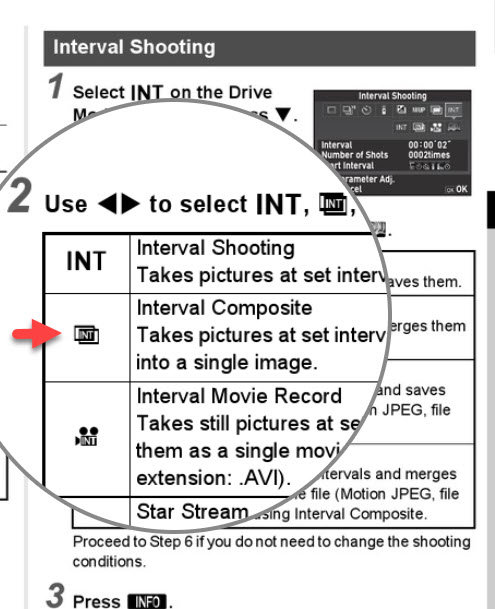Serge
Well-Known Member
About 8 years ago I forgot to take ND Lee filters with me. When I got to the location, I decided to use the Pentax K-1's built-in feature - Interval Composite. This is the process of stitching together several frames to create a single image. You can get a great result by stitching together from 15 frames at intervals of one second. You can also use more frames. See examples below...






- RICOH IMAGING COMPANY, LTD. - PENTAX K-1 Mark II
- 15.0 mm
- ƒ/5.6
- 1/400 sec
- Center-Weighted Average
- Manual exposure
- ISO 200
- RICOH IMAGING COMPANY, LTD. - PENTAX K-1
- 15.0 mm
- ƒ/8
- 1/10 sec
- Center-Weighted Average
- Manual exposure
- -0.3
- ISO 100
- RICOH IMAGING COMPANY, LTD. - PENTAX K-1
- 15.0 mm
- ƒ/7.1
- 1/2 sec
- Center-Weighted Average
- Manual exposure
- -0.3
- ISO 100
- PENTAX K-1
- 15.0 mm
- ƒ/8
- 1/25 sec
- Center-Weighted Average
- Manual exposure
- -0.3
- ISO 100